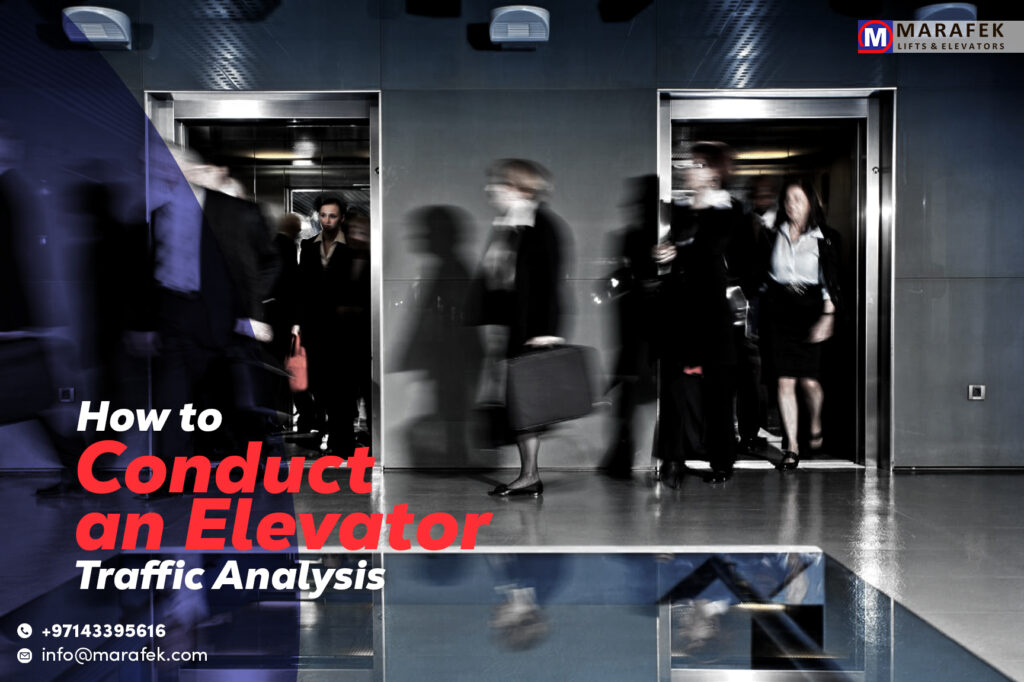Introduction:
For effective vertical movement in buildings, a elevator traffic analysis is essential. This procedure aids in determining variables like wait times, capacity needs, and general passenger happiness, whether you’re thinking about installing a new lift or assessing the performance of an existing one. In this post, we’ll go through the essential procedures for performing a lift traffic study while taking into account the particular requirements of various users, including those who require wheelchair accessibility.
Features of Elevator Traffic Analysis:
1. Knowing the structure: Start by researching the building’s configuration, style, and function. Think about things like the number of levels, the different user types, busy times, and any particular accessibility needs. You can utilise this knowledge to create a thorough understanding of the lift’s function and user expectations.
2.Gather Data: you should particularly perform a thorough analysis which helps to give relevant data, such as number of passengers present, traffic analysis and steady hours or the peak time. It is also very crucial to know how long it takes the elevator to arrive, and how frequently it arrives by using this technology, Such as sensors, or keenly observing them. also Consider user feedback, to learn more about their experiences.
3. Examine Common Traffic Patterns, such as Peak Hours, Destination Floors, and High-Traffic Areas, using the data gathered. You may use this study to calculate the number and size of lifts needed as well as where each lift should be located to maximise passenger flow.
4. Simulate Scenarios: Based on the data gathered, create several scenarios using lift traffic simulation software. Simulations can be used to evaluate how dispatching algorithms, lift speeds, and design changes will affect overall performance. You can fine-tune your design and operational decisions before implementation by conducting these simulations.
5. Think about Accessibility: Wheelchair accessibility is crucial when designing a space for people with disabilities or other mobility issues. To provide seamless vertical transit for all passengers, assess the necessity for platform lifts or stair lift lifts. To find the best passenger lift choices for your building, consult with lift firms in Dubai that specialise in accessibility solutions.
Conclusion
Optimising vertical movement in buildings requires doing a elevator traffic analysis. You may make educated decisions on elevator design, placement, and capacity by being aware of the building’s requirements, gathering pertinent data, examining traffic patterns, simulating scenarios, and taking accessibility demands into account.
It is recommended to work with reputable elevator companies in Dubai that offer tailored solutions to meet your specific requirements, ensuring a smooth and efficient experience for all passengers. Remember, a well-conducted elevator traffic analysis leads to improved user satisfaction and increased efficiency in vertical transportation.


